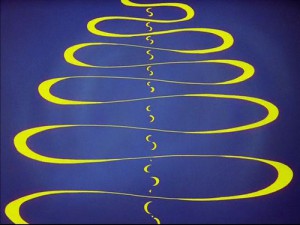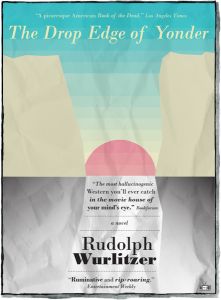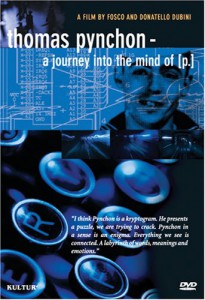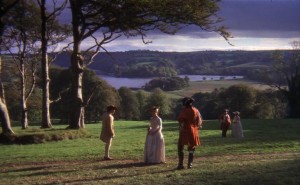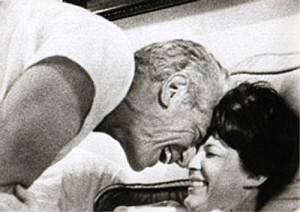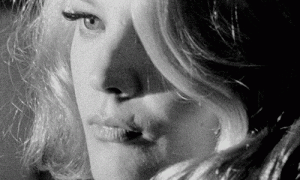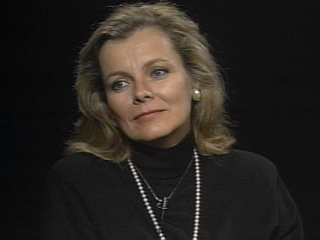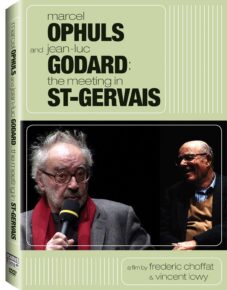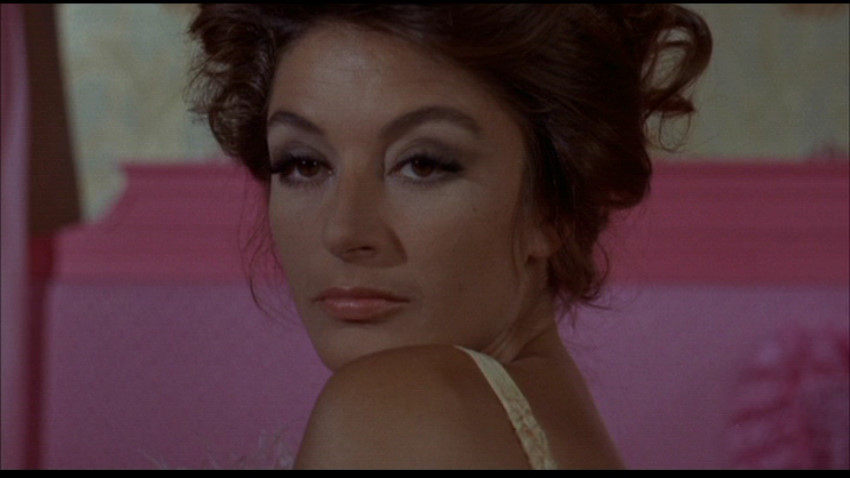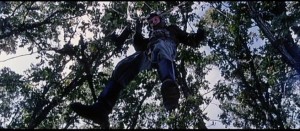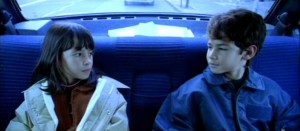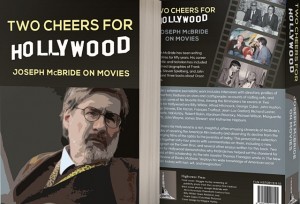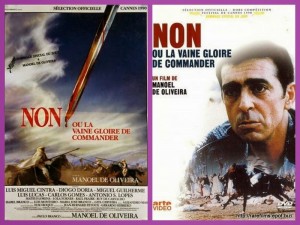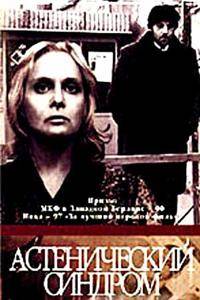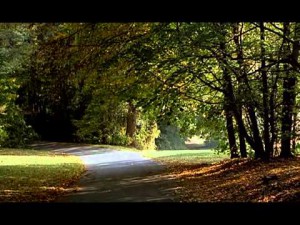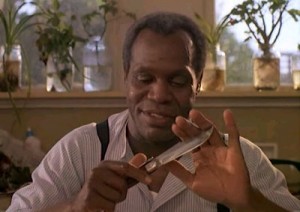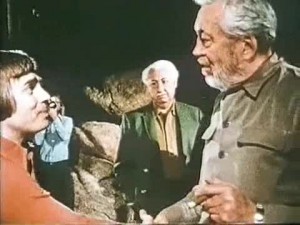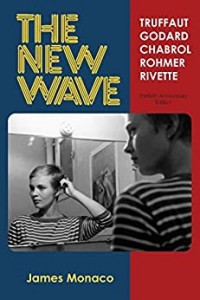Monthly Archives: June 2023
From Film Comment, September-October 1978. — J.R.
The Countercultural Histories of Rudy Wurlitzer
From Written By 3, no. 11, November 1998. — J.R.
Let me start this off with an update: a plug for Wurlitzer’s most recent novel, a sort of Buddhist Western that grew out of an unrealized script, and a truly haunting page-turner. — J.R.
“What’s your name?” she asked.
“I don’t know,” I said. “I mean, I don’t know how to answer that.”
I was suddenly afraid of losing the anonymity that existed between us, as if once we knew our names the erotic focus we were falling into would dissolve. I curled my lower lip.
“We’re overloaded as it is.”
“Yeah, you’re right,” she said.
— Rudolph Wurlitzer, Quake (1972)
SQUIER We must move southward. Only by expanding can we hope to avoid a civil war and save those in
situtions we hold most precious.
DR. JONES I assume you are including slavery?
SQUIER I certainly am. We must not be sentimental if we wish to preserve that which is most precious to
us. The camera cuts to Ellen, enraged by the conversation. As her eyes dart around the room, she and Walker begin to move their hands in sign language. We see for the first time that Ellen is deaf. Read more
Thomas Pynchon: A Journey Into The Mind Of P.
From the Chicago Reader (October 6, 2006). — J.R.
Pynchon freaks can be divided into two categories: those fascinated by his work, who respect his wish to be known through it, and those fascinated by his life, who see his writing as an illustration of his experiences. Aimed at the latter group, this 2001 Swiss documentary by Fosco and Donatello Dubini begins by enlisting a former Pynchon squeeze to show us his LA digs from the early 70s (she’s identified as Bianca from Gravity’s Rainbow, which discounts whatever art he brought to his experiences) and goes mostly downhill from there. Pynchon groupies weigh in while significant critics like Edward Mendelson are omitted, and even as gossip the movie reflects poorly on some of the author’s old friends. But the archival footage does include Lee Harvey Oswald (who may have been in Mexico City at the same time as Pynchon) and a cat freaking out on mescaline. 90 min. (JR) Read more
Barry Lyndon
From the Chicago Reader in July 2000. — J.R.
With the possible exceptions of Killer’s Kiss and A Clockwork Orange all of Stanley Kubrick’s features look better now than when they were first released, and Barry Lyndon, which fared poorly at the box office in 1975, remains his most underrated (though Eyes Wide Shut is already running a close second). This personal, idiosyncratic, and melancholy three-hour adaptation of the Thackeray novel may not be an unqualified artistic success, but it’s still a good deal more substantial and provocative than most critics were willing to admit. Exquisitely shot in natural light (or, in night scenes, candlelight) by John Alcott, it makes frequent use of slow backward zooms that distance us, both historically and emotionally, from its rambling picaresque narrative about an 18th-century Irish upstart (Ryan O’Neal). Despite its ponderous pacing and funereal moods, the film is highly accomplished as a piece of storytelling, and it builds to one of the most suspenseful duels ever staged. It also repays close attention as a complex and fascinating historical meditation, as enigmatic in its way as 2001: A Space Odyssey. The Music Box’s weeklong Kubrick retrospective includes a new print of this and several other films, and it offers an excellent opportunity to reevaluate a filmmaker whose work continues to deepen after his death. Read more
Faces
From the Chicago Reader (July 13, 2001). — J.R.
John Cassavetes’s galvanic 1968 drama about one long night in the lives of an estranged well-to-do married couple (John Marley and Lynn Carlin) and their temporary lovers (Gena Rowlands and Seymour Cassel) was the first of his independent features to become a hit, and it’s not hard to see why. It remains one of the only American films to take the middle class seriously, depicting the compulsive, embarrassed laughter of people facing their own sexual longing and some of the emotional devastation brought about by the so-called sexual revolution. (Interestingly, Cassavetes set out to make a trenchant critique of the middle class, but his characteristic empathy for all of his characters makes this a far cry from simple satire.) Shot in 16-millimeter black and white with a good many close-ups, this often takes an unsparing yet compassionate “documentary” look at emotions most movies prefer to gloss over or cover up. Adroitly written and directed, and superbly acted — the leads and Val Avery are all uncommonly good (the astonishing Lynn Carlin was a nonprofessional discovered by Cassavetes, working at the time as Robert Altman’s secretary) — this is one of the most powerful and influential American films of the 60s. Read more
Rhetoric about Iran: Americans Learning from Their Mistakes
The most gratifying aspect of Peggy Noonan’s eloquent article last Friday in the Wall Street Journal isn’t merely the belated sign that sane and grown-up conservative thought is finally being heard on the subject of the Middle East, in contrast to the obtuse bellicosity and stupid posturing of John McCain and others. Even more, it’s a sign that some Americans are finally beginning to learn something from American mistakes — above all, from the peculiar conviction that American self-aborption is the only thing urgently needed in the world outside the U.S., and that any sign of tact, calm, and/or reticence automatically translates into weakness. (I hasten to add that Noonan’s voice hasn’t been the only sensible one recently coming from the right; I’m emphasizing it only because it seems the loudest and clearest of these voices.)
I would love to see this dawning wisdom take one crucial further step — the recognition that the terrorist attacks of September 11, 2001 weren’t simply, exclusively, and unproblematically “attacks on America”, whatever that means. They were attacks on people, many of whom weren’t American. Assuming otherwise, as so many chest-beaters did and still do, means playing into the hands of the fanatics who committed these murders and perversely honoring their supposed wisdom and one-dimensional view of the world for the sake of throwing out every other possible reading of what happened. Read more
Global Discoveries on DVD: Mostly about Extras
My DVD column for the Fall 2015 issue of Cinema Scope. — J.R.
Practically speaking, we should invent our own extras, not necessarily or invariably depend on those that are made on our behalf. To cite four examples of what I mean:
(A) According to normal usage, Icarus Film’s DVD of Frederic Choffat and Vincent Lowy’s 44-minute Marcel Ophuls and Jean-Luc Godard: The Meeting in St-Gervais contains no extras. But according to my own usage, this DVD itself functions as an extra to a 100-page book that I own, Dialogue sur le cinéma: Jean-Luc Godard & Marcel Ophuls, published by Le Bord de l’Eau in 2011. That book, prefaced by short essays by Vincent Lowy and André Gazut and concluded by Daniel Cohn-Bendit’s essay for Le Monde, ‘Mon ami Godard’, transcribes two encounters between Godard and Ophüls, held in 2002 and 2009 (the first of these focusing more on Marcel’s father Max), whereas the DVD includes most (but not all) of the second of these dialogues, and somehow manages to leave out some of the more interesting parts, either through cuts or incomplete subtitles. Which doesn’t mean that Icarus’s release isn’t worth having — only that its contents are worth contextualizing beyond the material offered by Icarus. Read more
2 or 3 Things I Know About Demy
Written for a retrospective catalog devoted to Jacques Demy, published by the San Sebastian International Film Festival, September 15-24, 2011, and reprinted in my book Cinematic Encounters 2: Portraits and Polemics (2019). — J.R.
“Braque, Picasso, Klee, Miro, Matisse….C’est ça, la vie.”–- Maxence in Les Demoiselles de Rochefort
“Life is disappointing, isn’t it?”
–- Kyoko in Tokyo Story
1
I’ve never come across any critical discussion of common traits in the separate films of Jacques Demy and Agnès Varda, who lived together for three decades. Their oeuvres are in fact quite different and distinct from one another, but one striking characteristic they share as filmmakers is their preoccupation with indexing and cross-referencing their own works within their own films.
In chronicling and excerpting her own previous work, Varda’s Les Plages d’Agnès (2008) brings this tendency to a climax, but her DVD containing Les Glaneurs et la Glaneuse (2000) and its sequel, Deux Ans Après, already formalizes and optimizes this tendency — which can be traced within and between some of her previous films — by allowing one to leap via one’s remote control from a character in the former documentary to the same person being filmed two years later (or vice versa). Read more
The Lovers Of The Arctic Circle
From the Chicago Reader (May 4, 1999). — J.R.
The best Spanish film I’ve seen in years, this 1998 feature by Julio Medem (Cows, The Red Squirrel, Earth), attractively shot in ‘Scope, is the story of two young lovers who first encounter one another at the age of eight, told from alternating viewpoints that after 17 years converge in Finland. The romantic style of the film commands attention as much as the story itself, which is shaped — like the names of the two lead characters, Otto and Ana — as a palindrome. The graceful jumping about in time and space may recall the early work of Alain Resnais, but the theme and ambience are Spanish to the core; Medem charts the crisscrossing destinies of the two leads with passion as well as lyricism. With Fele Martinez and Najwa Nimri. In Spanish with subtitles. R, 112 min. (JR)
Take Two: THE 5,000 FINGERS OF DR. T.
[2017 Preface: I’m reposting this article less than a month after its last posting on this site because Powerhouse Films in the U.K. has just sent me, at my request, its impressive “Limited Dual Format Edition” of this remarkable movie, and so far, the only complaint I have relevant to its riches is that they didn’t access this 1978 article about it any sooner. If they had, some of the uncertainties and/or wrong guesses made by Glenn Kenny and Nick Pinkerton in their often informative audiocommentary probably wouldn’t be there. For the record then–to cite only a couple of matters not covered in the article below that conflict with their suppositions (apart from the mispronounciation of La Jolla)–in 1953, at age ten, I already knew who Dr. Seuss was because many of his books were already widely available but, even as a devoted radio listener, I didn’t know who Peter Lind Hayes and Mary Healy were.]
The principal source of this article — written for American Film, and published in their October 1978 issue — was a fairly lengthy phone conversation I once had with Theodor Seuss Geisel (1904-1991), better known as Dr. Seuss, when I was living in San Diego. Read more
Two and ¾ Cheers for Joe McBride
Written for the July-August 2017 Film Comment. This is the unedited version of my review. — J.R.
Two Cheers for Hollywood: Joseph McBride on Movies
By Joseph McBride, Hightower Press, $38.50.
Anyone who’s read his astute critical biographies of Capra, Ford, Spielberg, and Welles knows that Joseph McBride is one of our most invaluable film historians. No less ambitious but more personal are his three most recent books, all brought out expertly under his own imprint and available from Amazon: his hefty Into the Nightmare: My Search for the Killers of President John F. Kennedy and Officer J. D. Tippit (2013), his very moving and painfully candid The Broken Places: A Memoir (2015), and now an even heftier volume collecting half a century’s worth of his film journalism and criticism, encompassing 56 separate items and almost 700 large-format pages. It’s the sort of old-fashioned bedside compendium and browser’s paradise that we seldom get nowadays from academic publishers—with a few rare exceptions, such as Greil Marcus and Werner Sollors’ delightful 2009 New Literary History of America (which included one of the better McBride essays reprinted here, “The Screenplay as Genre,” about Citizen Kane). McBride prefaces each piece with a contextualizing introduction, and part of what makes this volume fun is the informal history it offers of McBride’s own taste and career. Read more
The Film Festival That Got Away
From the Chicago Reader (October 12, 1990). — J.R.
The 26th Chicago International Film Festival includes, at the latest count, 110 features and ten additional programs, spaced out over 15 days in two locations –a somewhat more modest menu than last year’s. Apart from this streamlining, it would be a pleasure to report some major improvements in the overall selection, but I’m afraid wanting isn’t having, and from the looks of things, this year’s lineup is not very inspiring.
About six weeks ago, when the festival issued a list of about 100 “confirmed and invited” films, I was hopeful. Based on what I’d already seen or heard about, the list was, barring some omissions, a fair summary of what was going on in world cinema, which is more than one could say for previous Chicago festival lineups. I pointed this out to a colleague, who replied, “Yeah, but let’s see how many of these actually turn up,” and I’m sorry to say his skepticism was warranted. Gradually, irrevocably, over half of the hottest titles were dropped from the list, including Kira Muratova’s remarkable The Asthenic Syndrome, Jean-Luc Godard’s La nouvelle vague, Nanni Moretti’s Palombella Rosa, Pavel Lounguine’s Taxi Blues, Charles Burnett’s soon-to-open To Sleep With Anger, Aki Kaurismaki’s The Match Factory Girl, Bertrand Tavernier’s Daddy Nostalgy, Otar Iosseliani’s Et la lumiere fut, and Patrice Leconte’s The Hairdresser’s Husband. Read more
Helen Keller and Untold Histories (Hers and Ours): A Conversation with John Gianvito
From Cineaste, Winter 2020. — J.R.
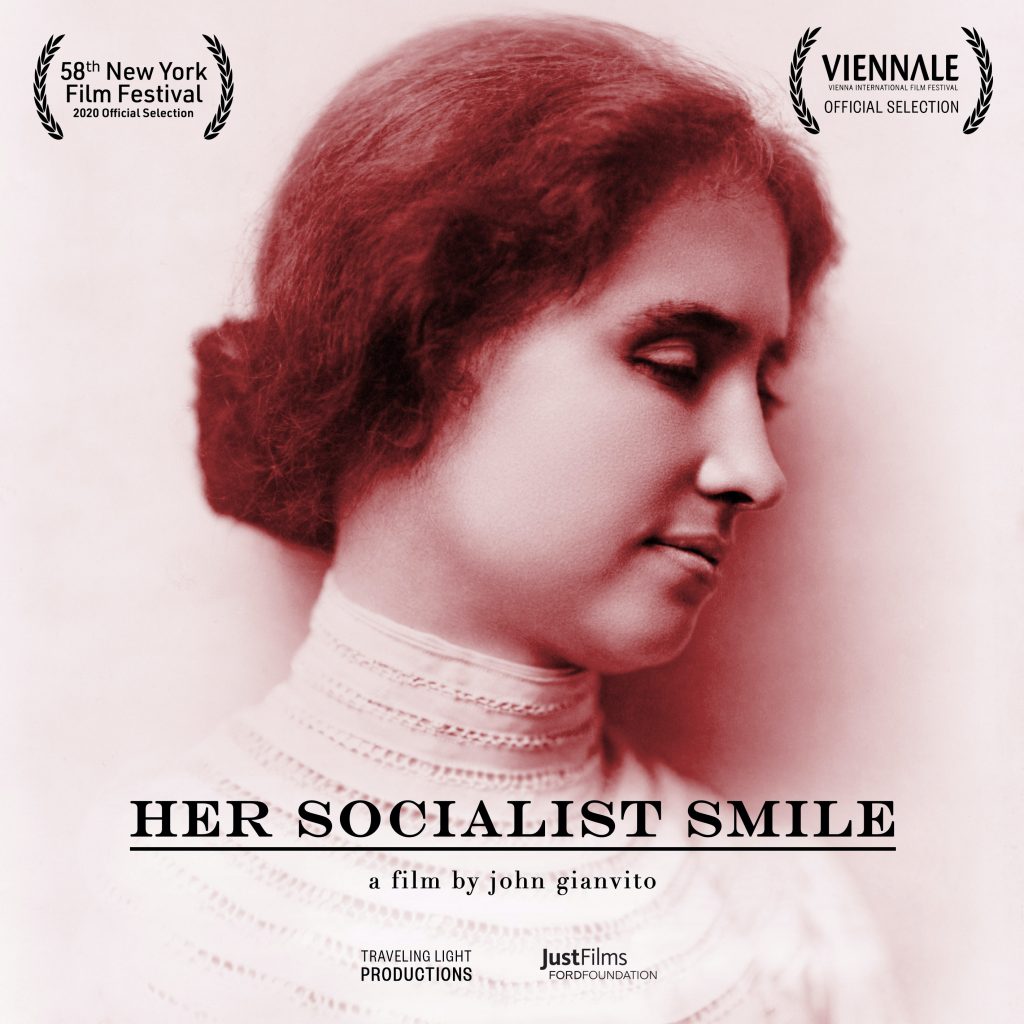
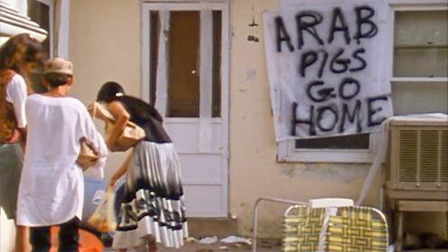
It’s been almost two decades since I first discovered the fiercely independent, passionately committed, and poetically inflected cinema of John Gianvito via his 168-minute The Mad Songs of Fernanda Hussein (2001). Later that year, I headed a jury at the Buenos Aires Festival of Independent Film that gave it our jury prize, but it’s mainly had an uphill struggle ever since being seen and recognized, most likely due to both its subject matter and its running time. John points out that I may have previously seen his 1983 feature The Flower of Pain, but if I did, I no longer remember it; ditto his portion of a 1986 episodic feature that he originated, Address Unknown.
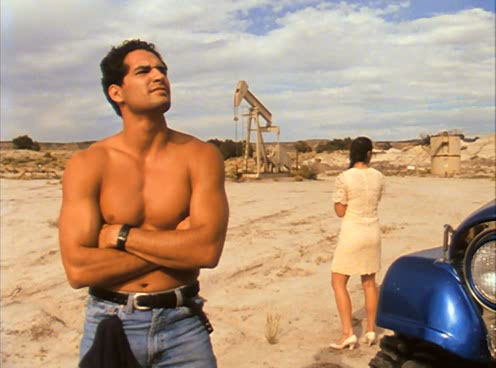
The Mad Songs remains my favorite film of his, yet even though it was available for a spell on DVD, it currently lacks a distributor. A powerful act of witness about some of the tragic stateside consequences of the first Gulf War, it was made over a seven-year period, including two years of shooting in New Mexico — despite the fact that Gianvito is a Bostonian, where he currently teaches film at Emerson College and was formerly a curator for five years at the Harvard Film Archive.
The Other Side of the Argument: First Thoughts on Orson Welles’ Demonic Fugue
Written for my collection Cinematic Encounters 2: Portraits and Polemics (2019), although it has also appeared by now in Spanish (in Caiman Cuadernos de Cine, November 2018), in Persian (in Sazandegi, December 19-20, 2018), and in French (in Trafic, March 2019). The Other Side of the Wind is still visible and available on Netflix, but I think we’re still a long way from it being adequately “digested” or coherently dismissed, much less adequately defined. (I’ve also heard from Criterion, which has an arrangement with Netflix, that they have no plans to release the film digitally.) Even those who consider it a failure haven’t, for the most part, come up with very persuasive accounts of what it is and does. Superficial replays of rumors about the film that circulated decades ago, many of them half-baked, continue to predominate. But of course this is nothing new when it comes to groping after the meaning and value of Welles’ work, which rarely comes at the time a film is released,. — J.R.
The Other Side of the Argument:
First Thoughts on Orson Welles’s Demonic Fugue
The only time I ever met Orson Welles — in 1972, in response to a letter of mine, to discuss his very first Hollywood project, an updated adaptation of Conrad’s Heart of Darkness that I was writing about — I also had occasion to ask him about the status of his more recent projects. Read more
The New Wave (1976 book review)
From Sight and Sound (Autumn 1976). -– J.R.
THE NEW WAVE
By James Monaco
OXFORD UNIVERSITY PRESS, £9.95.
A writer whose methods immediately evoke the mood and dynamics of an energetic classroom, James Monaco restricts The New Wave to the five film-making alumni of Cahiers du Cinéma most often identified with that label: Truffaut, Godard, Chabrol, Rohmer and Rivette. Considering the dearth of books in English on the subject (only Peter Graham’s anthology and Raymond Durgnat’s early monograph — both long out of print, and the latter unmentioned in the present book — qualify as predecessors), it is a fertile field for any critic interested in organizing a lot of diverse material, and this task is handled by Monaco with grace and assurance; for its bibliography alone, this over-priced volume is well worth having. Beginning with an evocation of Rivette’s first encounters with Godard and Truffaut (and later Chabrol and Rohmer) at the Avenue de Messine Cinémathèque in 1949 or 1950, he proceeds to the films of each until, some 320 pages later, he has burrowed his way through over a hundred features and shorts.
Lots of grist for the mill; but what kind of product is the Monaco factory manufacturing? Read more

